On-board diagnostic (OBD) codes are designed to help you or your mechanic identify possible problems in your vehicle. They can be retrieved with a scan tool, though knowing what they mean is another thing. Before attempting any fixes to resolve them, you should first understand the meaning, triggers, and symptoms of the logged code.
What Does the P013B Code Mean?
Diagnostic trouble code (DTC) P013B stands for “O2 Sensor Slow Response – Lean to Rich (Bank 1, Sensor 2).” This code is logged once the powertrain control module (PCM) detects that oxygen sensor 2 in bank 1 of the engine is taking longer than expected to switch from rich (a higher output voltage) to lean (a lower output voltage).

“Bank 1” refers to the side of the engine where cylinder 1 is located. “Sensor 2” refers to the downstream oxygen sensor located after the catalytic converter.
Oxygen (O2) sensors keep track of the oxygen levels in the air that enters and exits the catalytic converter. These sensors send data to the PCM, which will be used for post-catalyst monitoring and fuel control. Each oxygen sensor compares the oxygen content of ambient air with the oxygen content in the exhaust stream. For the sensor to provide an accurate reading, it has to reach optimal operating temperature.

During start-up, the PCM is in open loop, disregarding the voltage signal from the oxygen sensor. Once the sensor reaches operating temperature and closed loop is achieved, it generates voltage within a certain threshold. This voltage fluctuates depending on whether the exhaust stream is lean or rich. A typical zirconia oxygen sensor generates a higher voltage when the mixture is rich and a lower voltage when the mixture is lean.
If the PCM perceives that the oxygen sensor is taking too long to change its signal from a lower voltage to a higher voltage, it logs error code P013B.
Other DTCs may also be stored alongside it, such as P013A, P013C, P013D, P014C, P014D, P014E, and P014F.
Note: The definition of code P013B may be different depending on the vehicle manufacturer. Consult the appropriate repair manual or repair database for the exact code definition.

What are the Possible Causes of the P013B Code?
P013B is a generic code, so it can have many causes. Here are the most common:
- Malfunctioning O2 sensor
- Wiring issues
- Broken catalytic converter
- Leaks in the engine exhaust
- Engine running too rich or too lean
- Faulty PCM
What are the Common Symptoms of the P013B Code?
You may notice the following symptoms on a vehicle that has set a P013B trouble code:
- Illuminated check engine light
- Poor engine performance
- Poor fuel mileage
- Other related DTCs may also be stored

How to Diagnose the P013B Code
Code P013B that points to a problem with the downstream O2 sensor (2/2 or 1/2), which is already supposed to be lazier than the upstream sensor on a system where the catalyst is storing oxygen correctly. If you have some DIY automotive troubleshooting experience, you can try diagnosing the problem using a scan tool record utility.
Take note that to avoid complications, code P013B should be resolved immediately. However, since it has many possible triggers, it may be difficult to pinpoint the exact cause of the problem. Always refer to the repair manual specific to your vehicle before attempting diagnosis. All vehicles are built differently, so their diagnostic processes may vary.
For instance, a P013B on a Saturn Vue may be diagnosed differently from a code P013B on a Chevrolet Cruze. As such, always refer to a repair manual before attempting anything. But if reading it has only left you confused, it might be best to leave the diagnosis to an expert.
How to Fix the P013B Code
Code P013B may be set in vehicles of varying makes and models. It may also share similar causes and symptoms with other DTCs. However, sharing similar symptoms does not mean a single solution will work across different makes and models.
Always refer to the factory repair information specific to your vehicle before DIY-ing any repairs. And if you aren’t confident in your automotive repair skills, have a technician do it for you. Just bring your car to an auto repair shop to receive the appropriate diagnosis and fix.
Products Mentioned in this Guide
Shop this Project




Any information provided on this Website is for informational purposes only and is not intended to replace consultation with a professional mechanic. The accuracy and timeliness of the information may change from the time of publication.


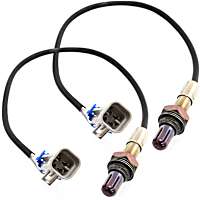 Oxygen Sensor
Oxygen Sensor
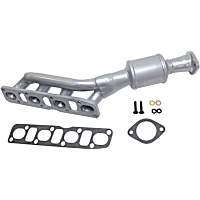 Catalytic Converter
Catalytic Converter
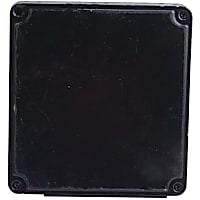 Engine Control Module
Engine Control Module
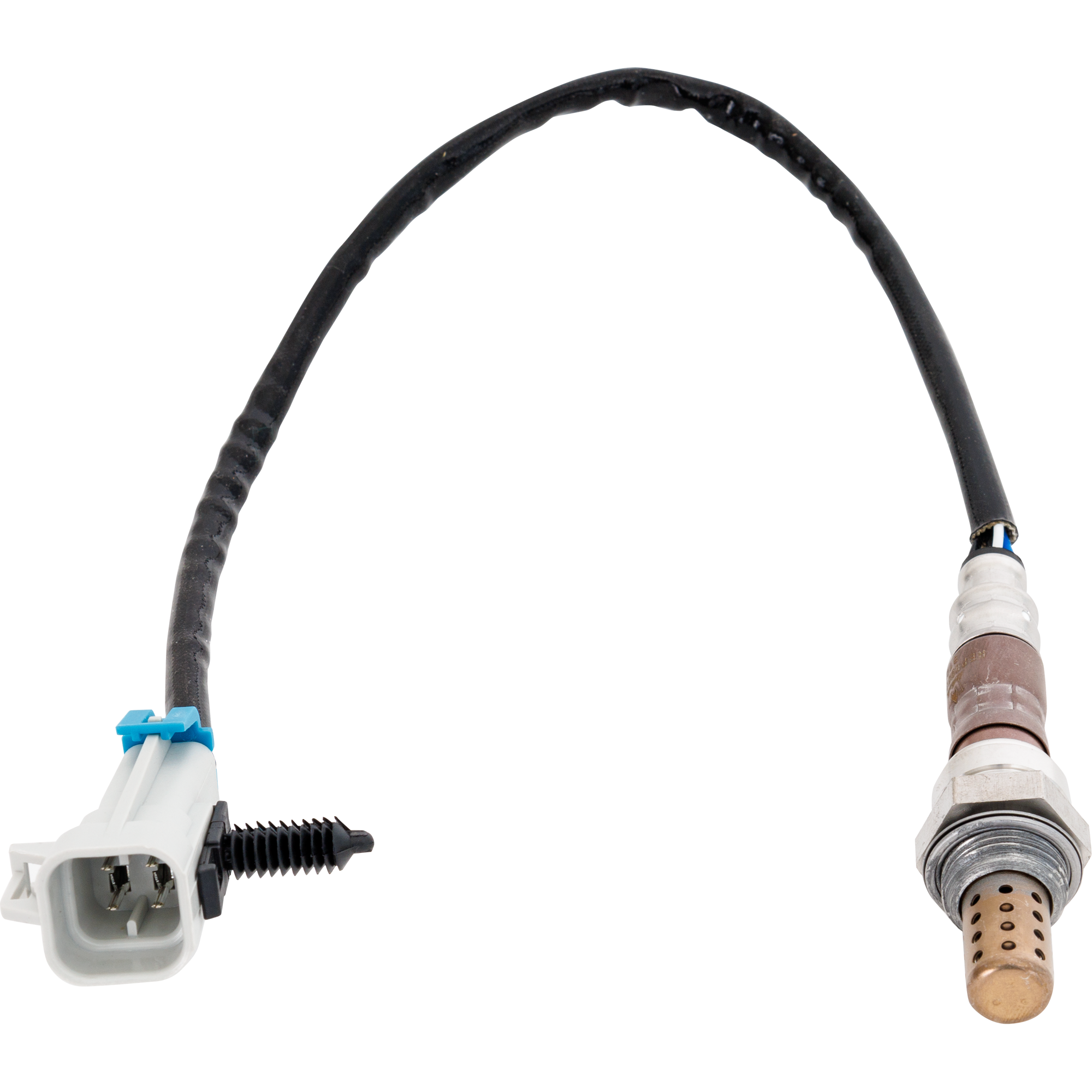
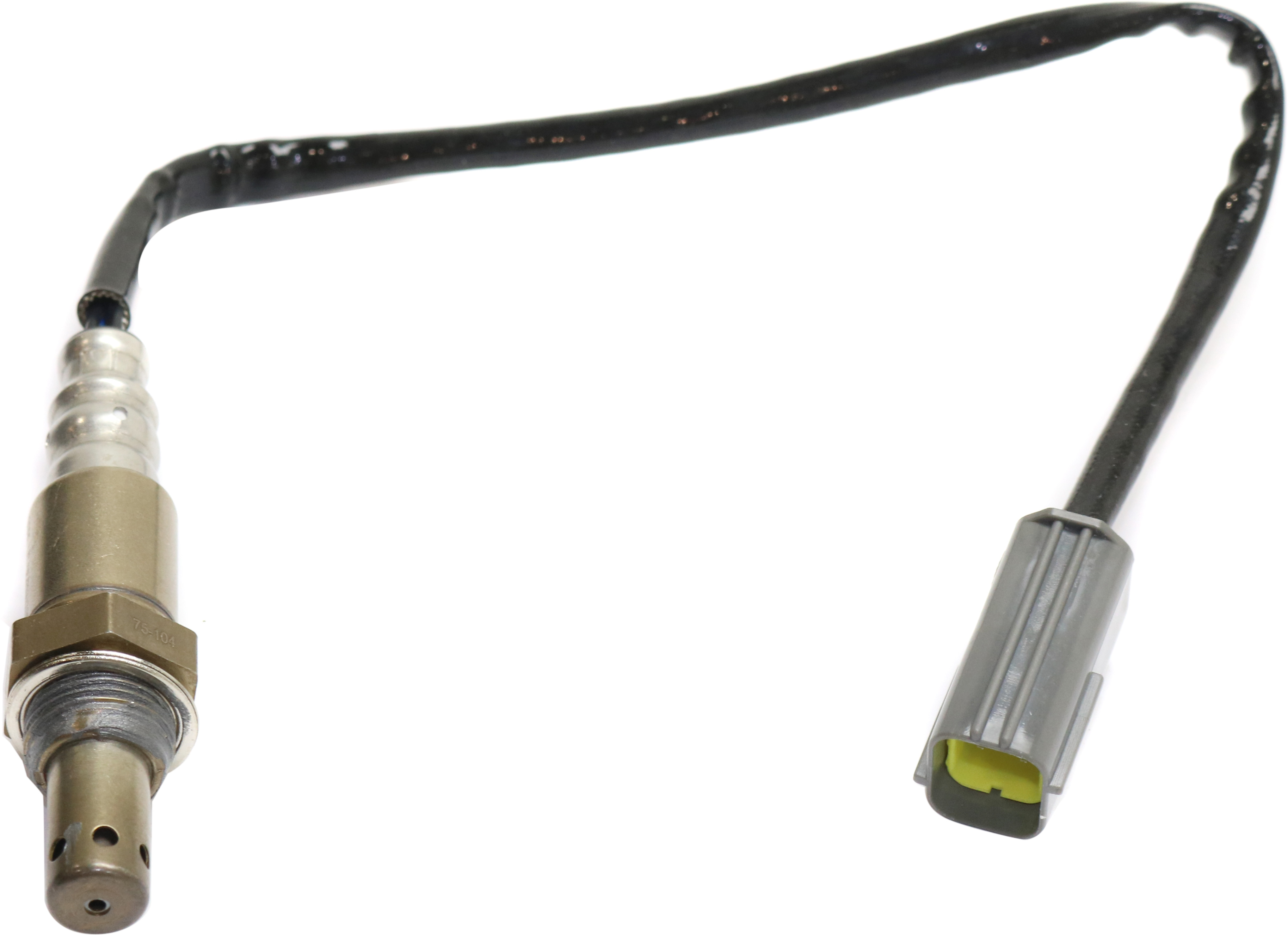
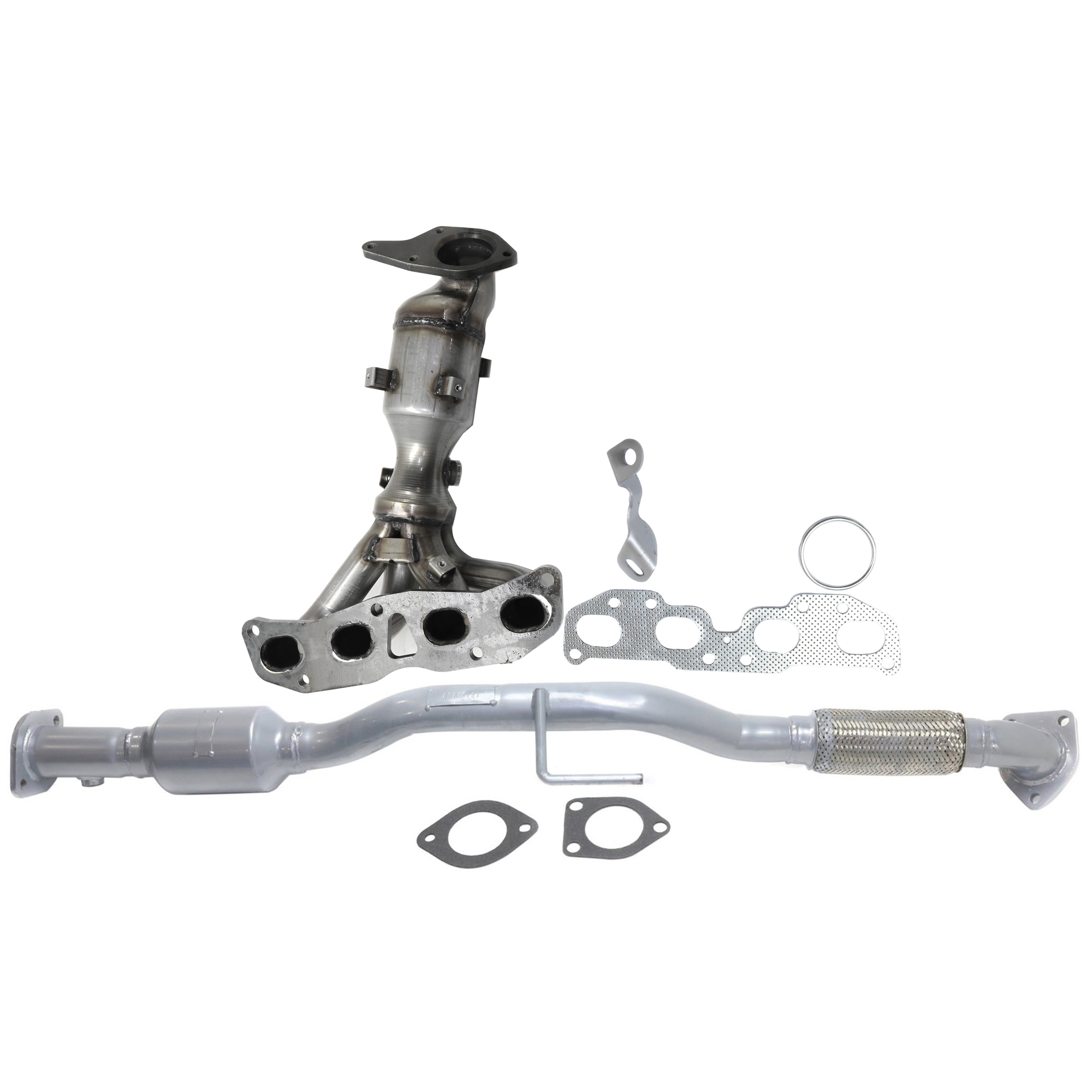
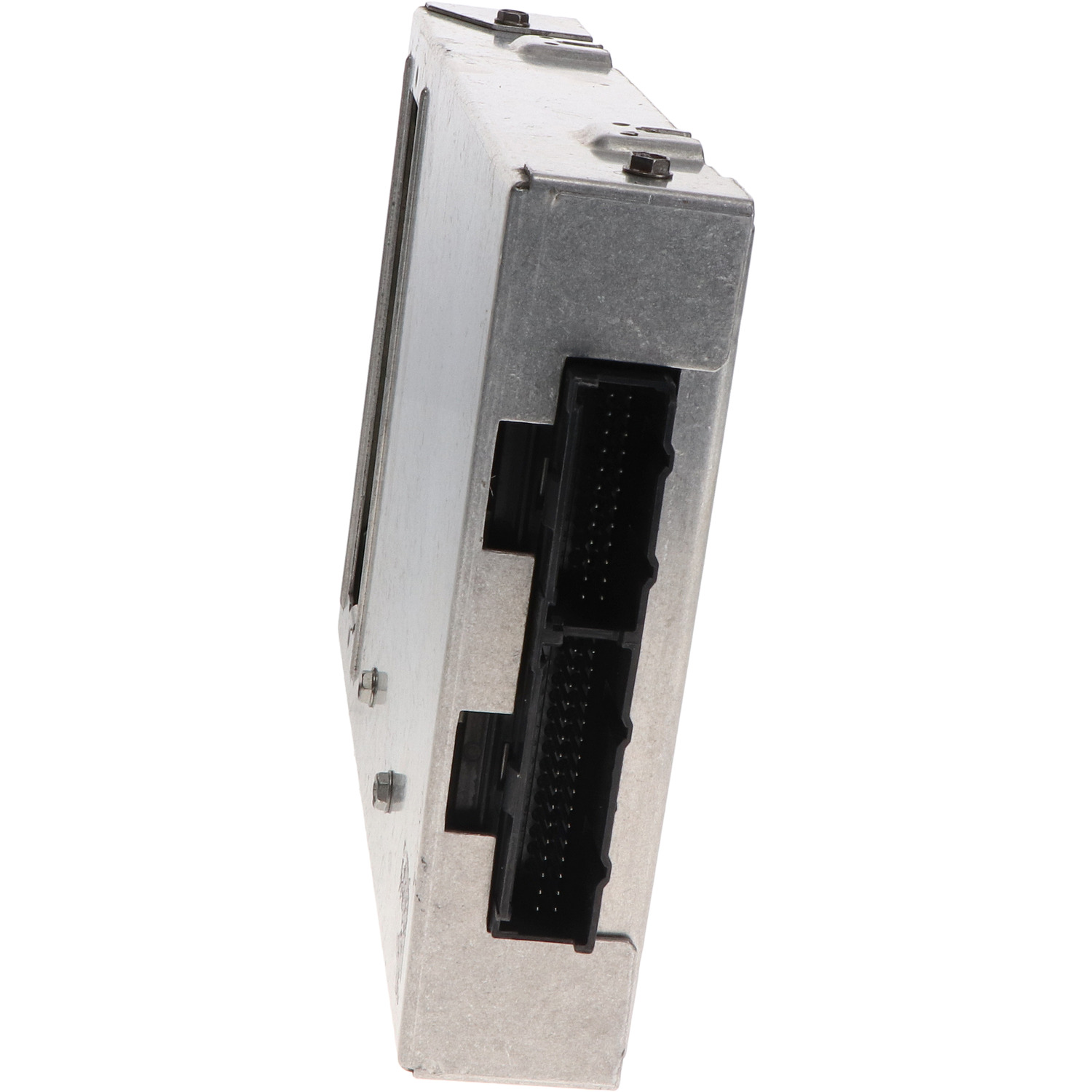
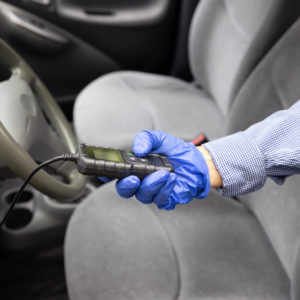



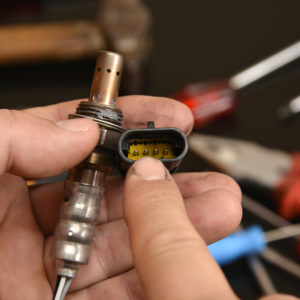
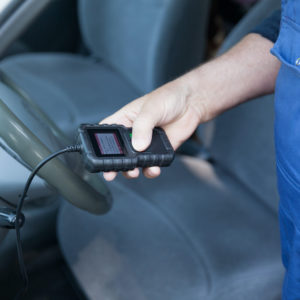











Thanks for the informational video’s.
Hi Donald,
We’re glad you found the videos to be helpful! Thank you for the feedback!